No products in the cart.
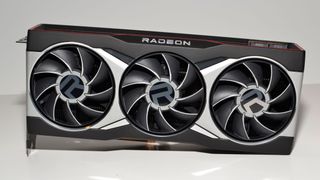
The Amd radeon rx 6800 xt XT and Radeon RX 6800 have arrived, joining the ranks of the best graphics cards and making some headway into the top positions in our GPU benchmarks hierarchy. Nvidia has had a virtual stranglehold on the GPU market for cards priced $500 or more, going back to at least the GTX 700-series in 2013. That’s left AMD to mostly compete in the high-end, mid-range, and budget GPU markets. “No longer!” says Team Red.
Big Navi, aka Navi 21, aka RDNA2, has arrived, bringing some impressive performance gains. AMD also finally joins the ray tracing fray, both with its PC desktop graphics cards and the next-gen PlayStation 5 and Xbox Series X consoles. How do AMD’s latest GPUs stack up to the competition, and could this be AMD’s GPU equivalent of the Ryzen debut of 2017? That’s what we’re here to find out.
We’ve previously discussed many aspects of today’s launch, including details of the RDNA2 architecture, the GPU specifications, features, and more. Now, it’s time to take all the theoretical aspects and lay some rubber on the track. If you want to know more about the finer details of RDNA2, we’ll cover that as well. If you’re just here for the benchmarks, skip down a few screens because, hell yeah, do we have some benchmarks. We’ve got our standard testbed using an ‘ancient’ Core i9-9900K CPU, but we wanted something a bit more for the fastest graphics cards on the planet. We’ve added more benchmarks on both Core i9-10900K and Ryzen 9 5900X. With the arrival of Ryzen 5000, running AMD GPUs with AMD CPUs finally means no compromises.


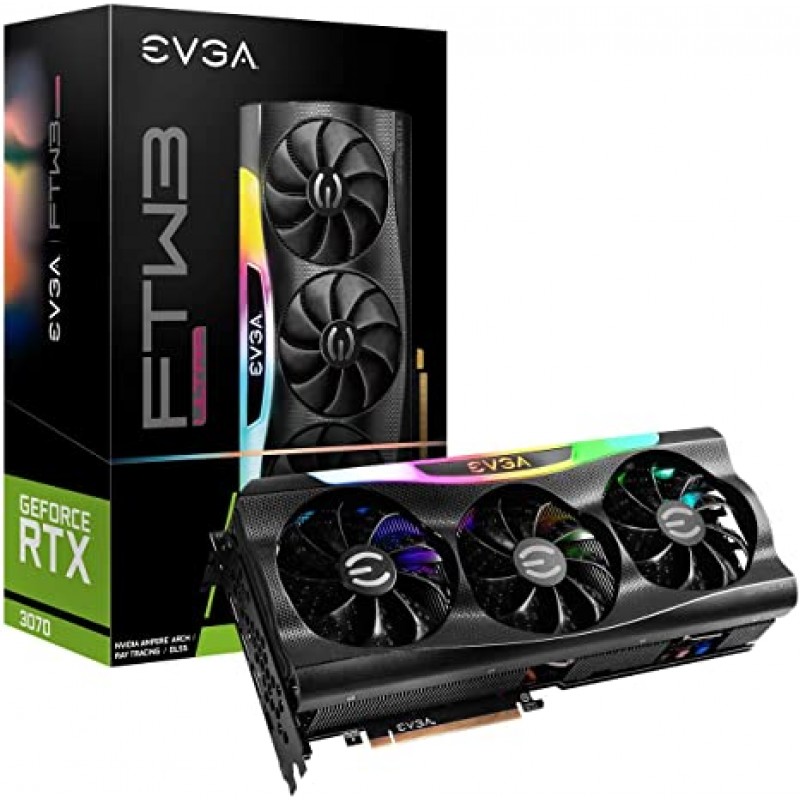
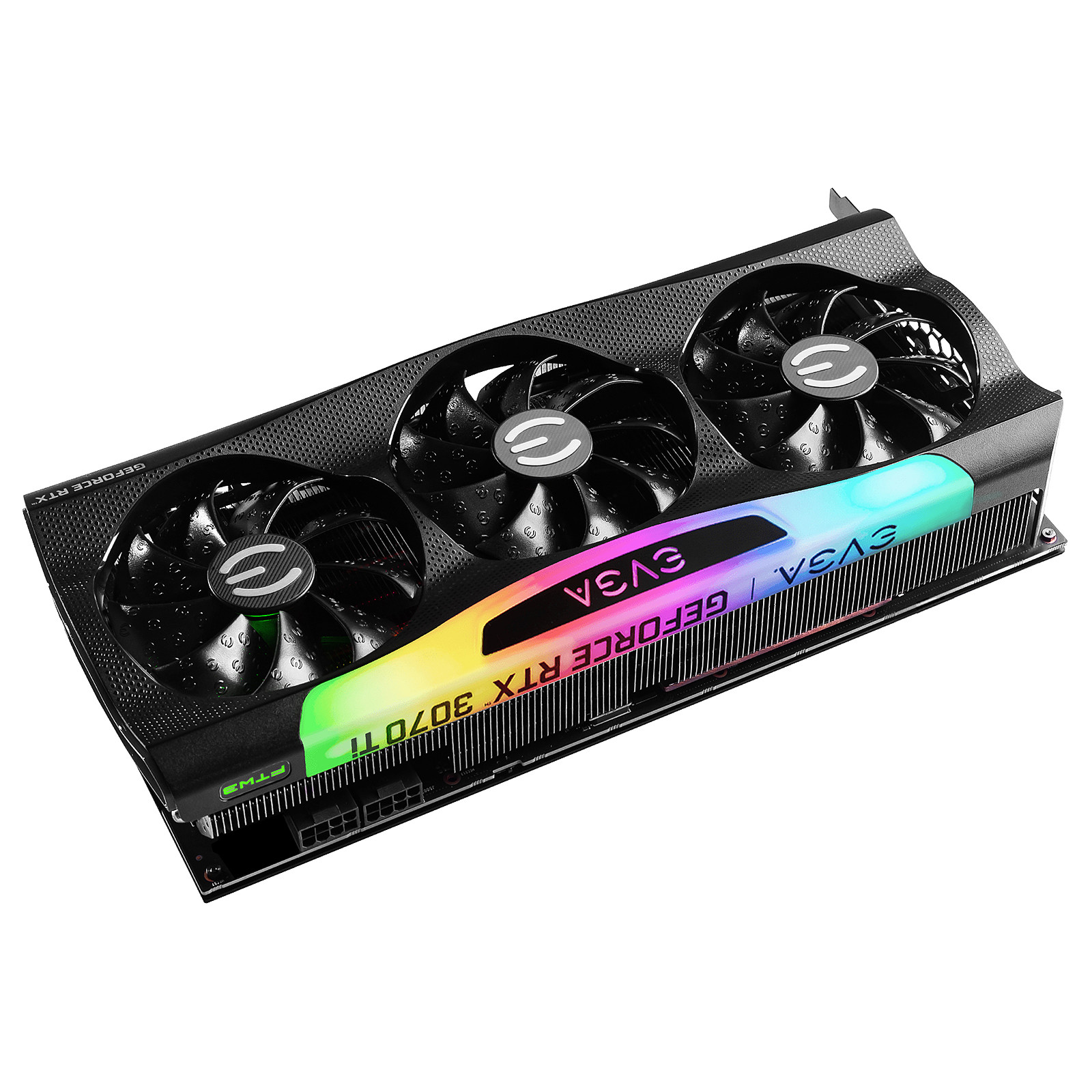


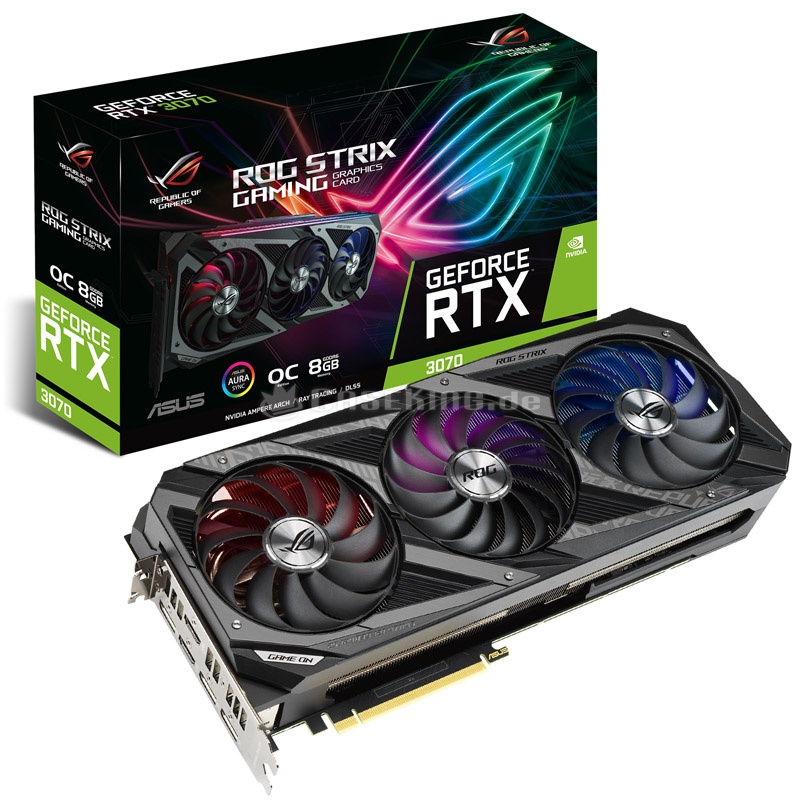
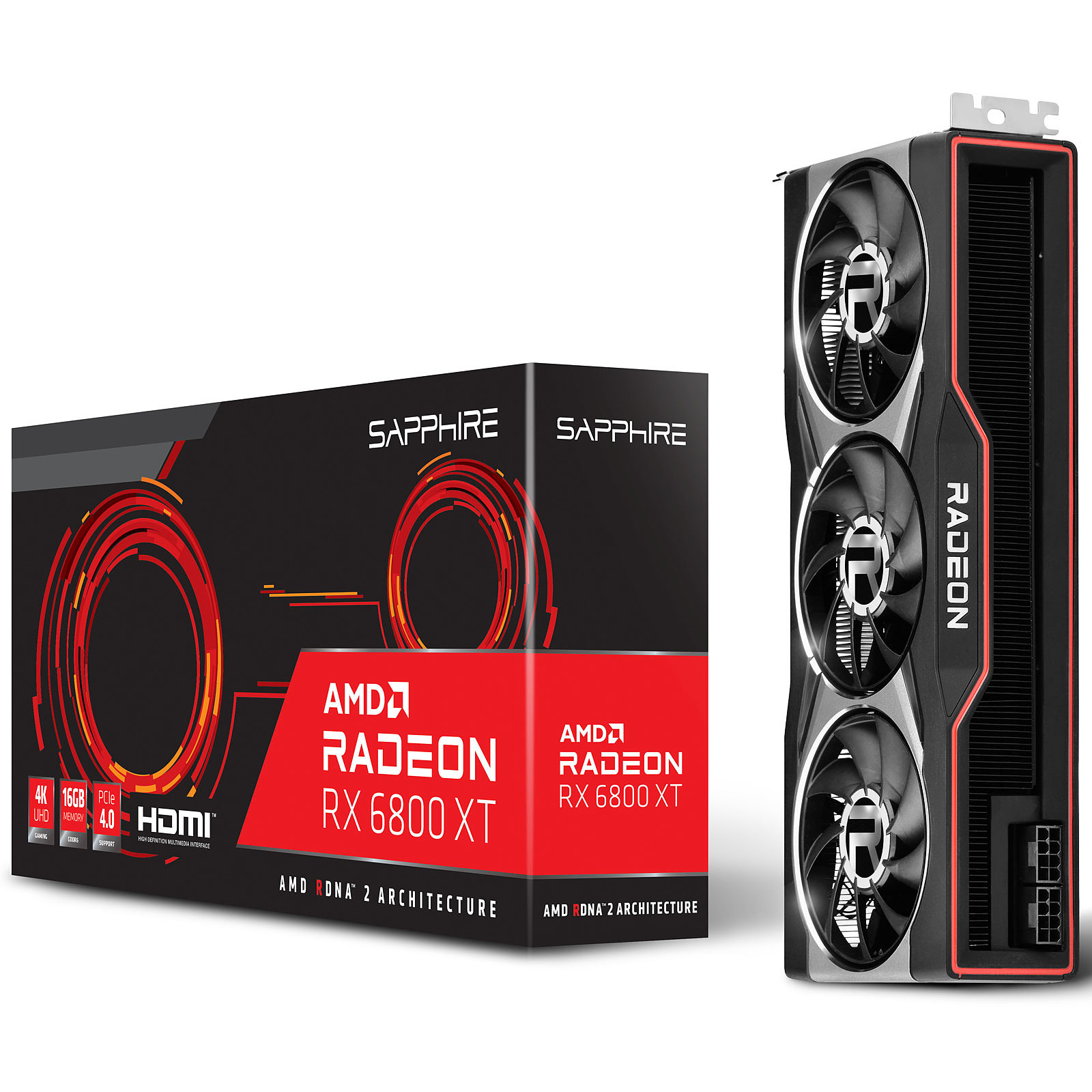

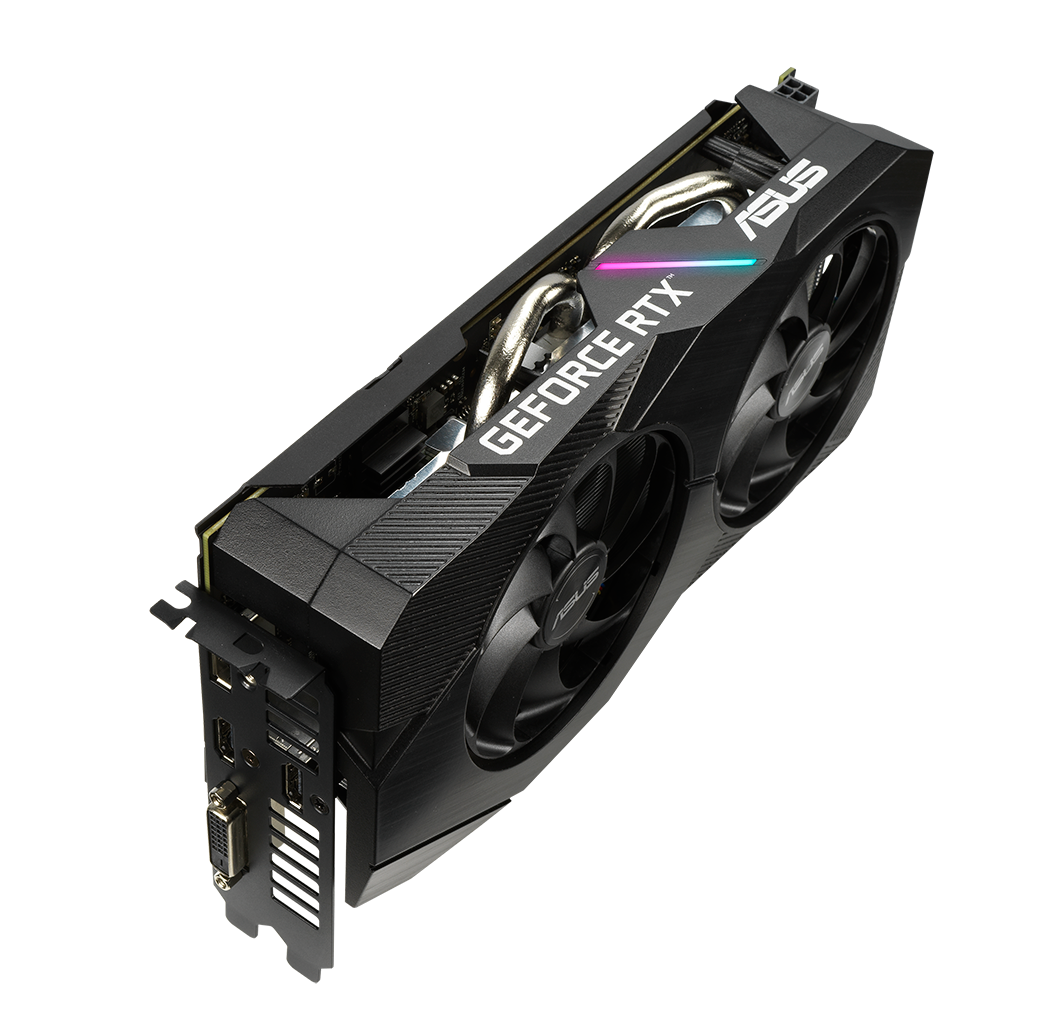
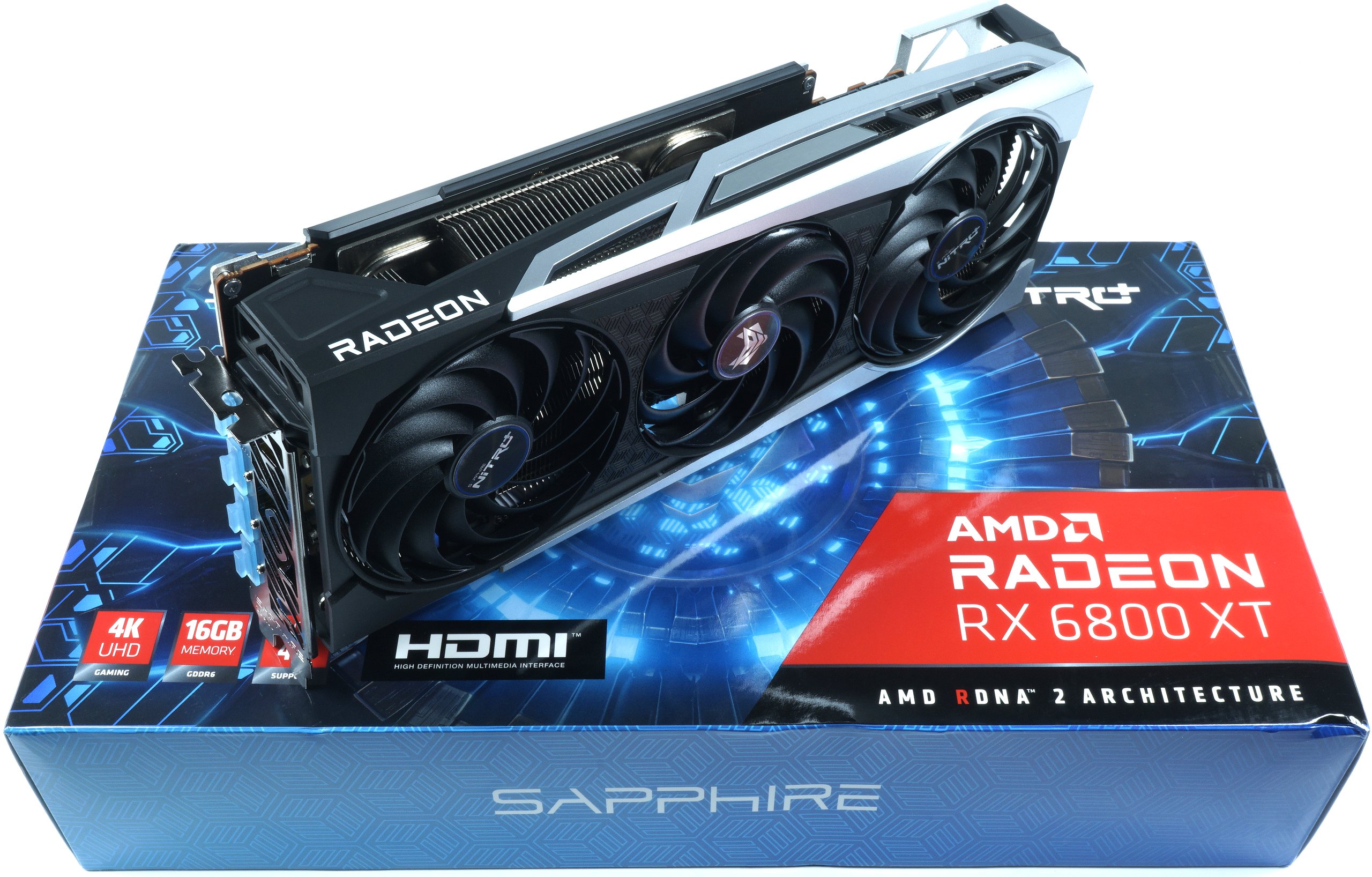
Reviews
There are no reviews yet.